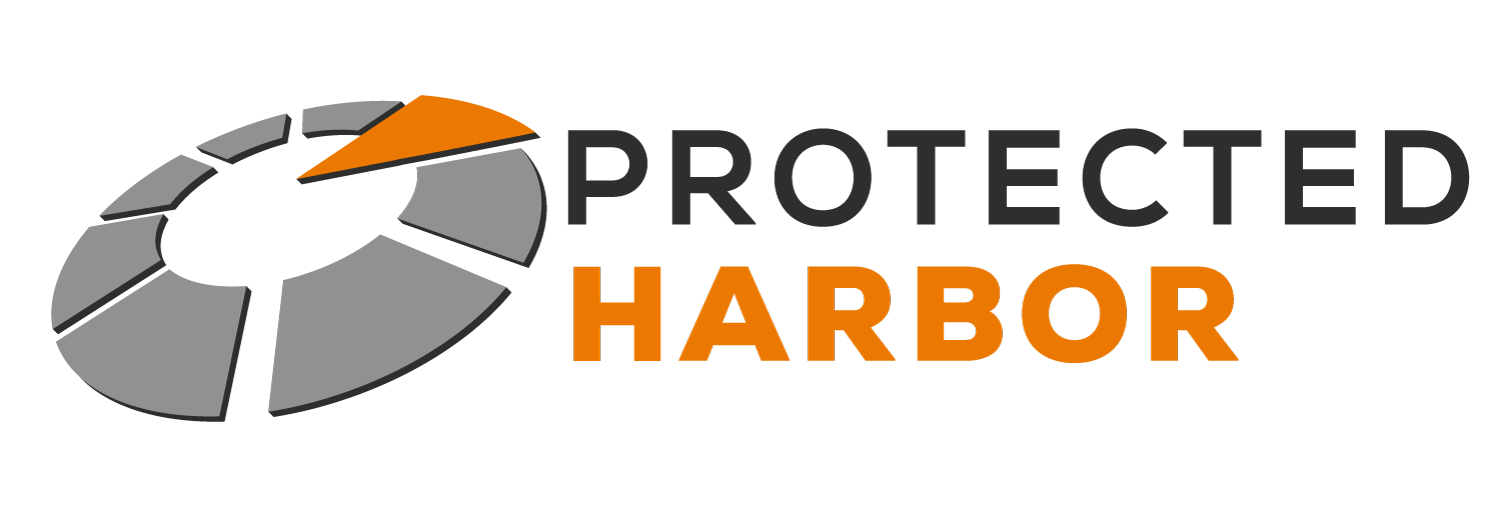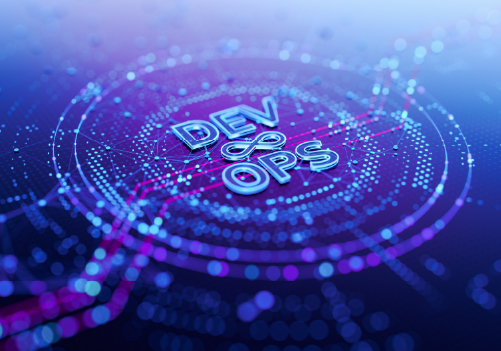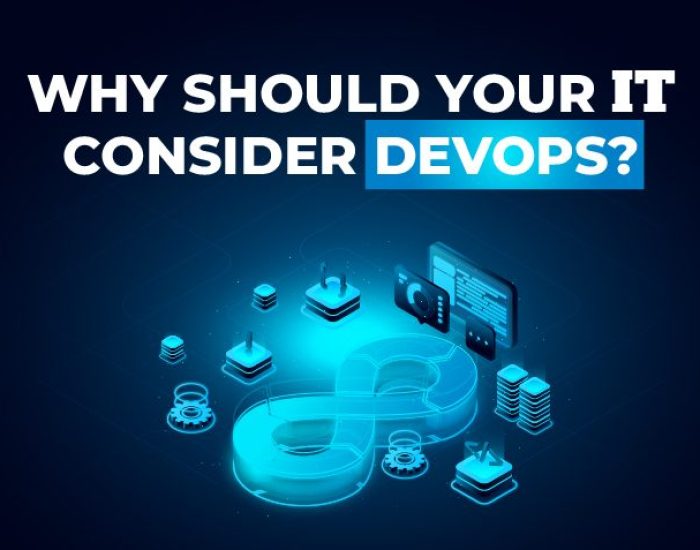Why Owning the Stack Is the Future of DevOps
In DevOps, control equals velocity.
Yet most organizations have unknowingly surrendered that control — and with it, their ability to innovate quickly and securely.
For years, DevOps teams have built on rented infrastructure, juggling public cloud dependencies, third-party APIs, and vendor-managed services. The result? Fragile environments where every deployment is slowed by integration complexity, and every outage triggers a finger-pointing marathon.
The companies redefining performance, reliability, and security aren’t renting — they’re owning the stack.
Protected Harbor’s full-stack DevOps infrastructure management approach helps teams regain control, eliminate complexity, and accelerate growth.
1. The DevOps Paradox: Speed Without Control
The Problem:
DevOps was born to remove friction between development and operations — to make deploying code as fast and seamless as writing it.
But as the tools, clouds, and environments multiplied, complexity crept in. Today, most DevOps teams manage:
- Multiple public cloud providers with conflicting architectures
- Layered automation tools that don’t fully integrate
- Vendor-managed services with opaque SLAs
When you don’t own the environment you’re deploying into, you’re limited by someone else’s architecture, support queue, and failure points.
The Business Impact:
Instead of accelerating innovation, DevOps teams are slowed down by invisible infrastructure debt. Every layer of vendor dependence adds latency, fragility, and risk — ultimately strangling performance. What was meant to enable agility has turned into a drag on delivery.
The Protected Harbor Difference:
Owning the stack changes everything. Protected Harbor designs, builds, and manages the entire DevOps infrastructure under one roof. Our private cloud DevOps environments are engineered for performance, reliability, and security — not vendor lock-in. By removing third-party bottlenecks, we deliver faster builds, predictable performance, and full visibility.






